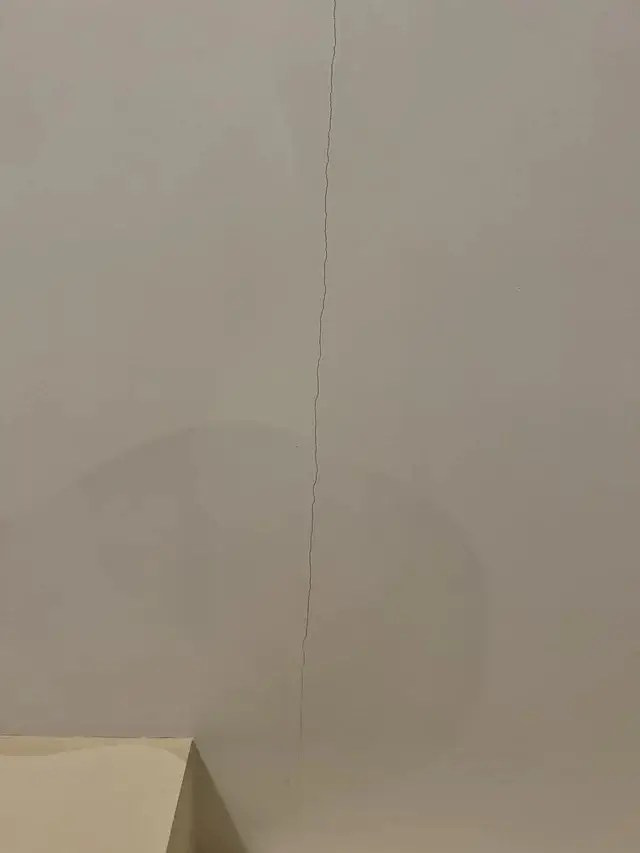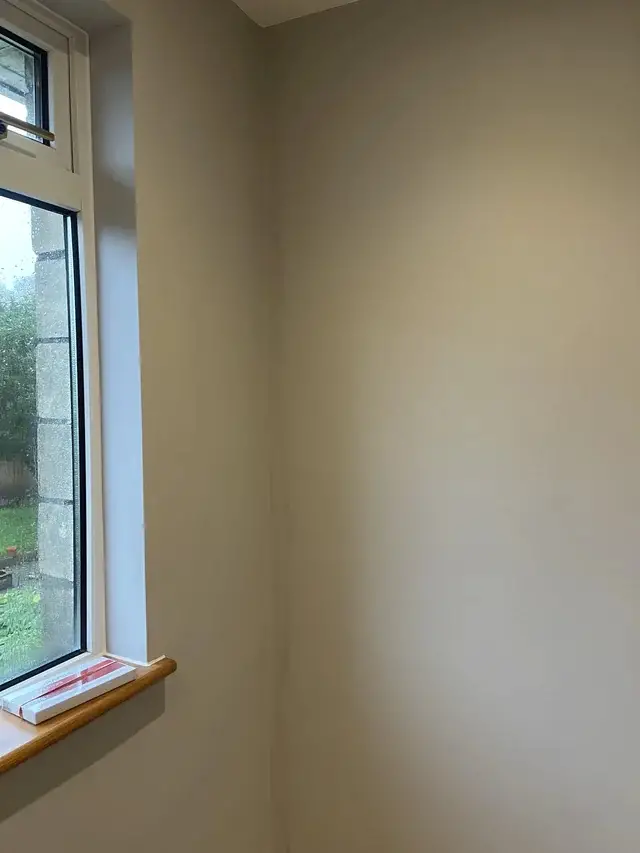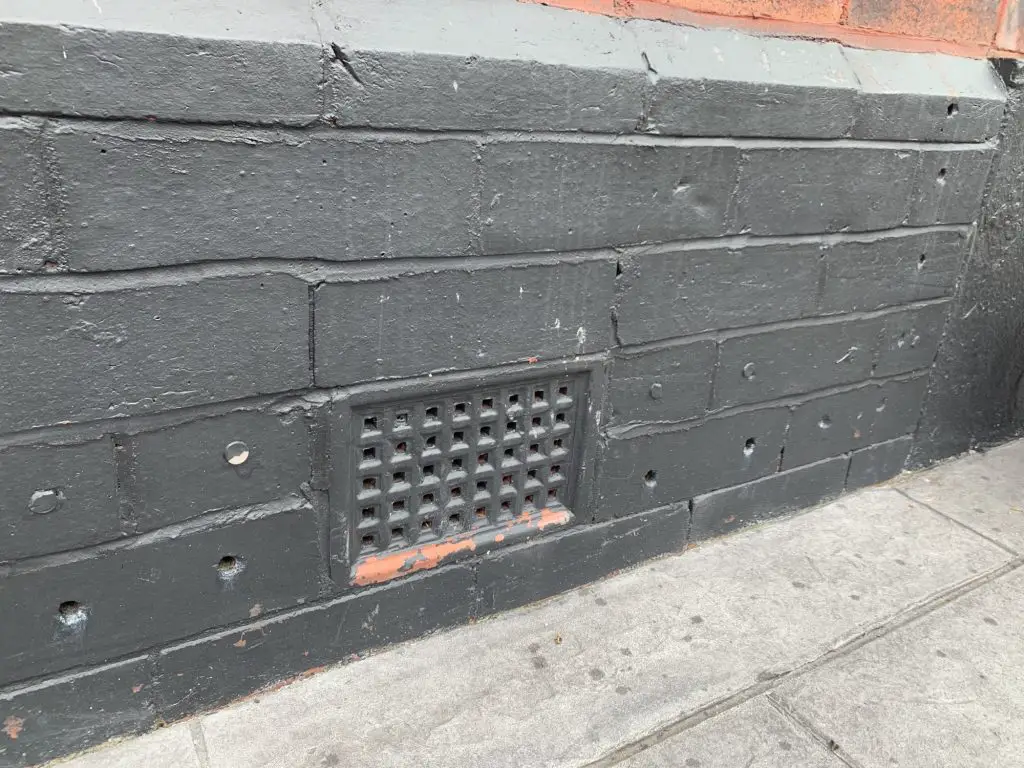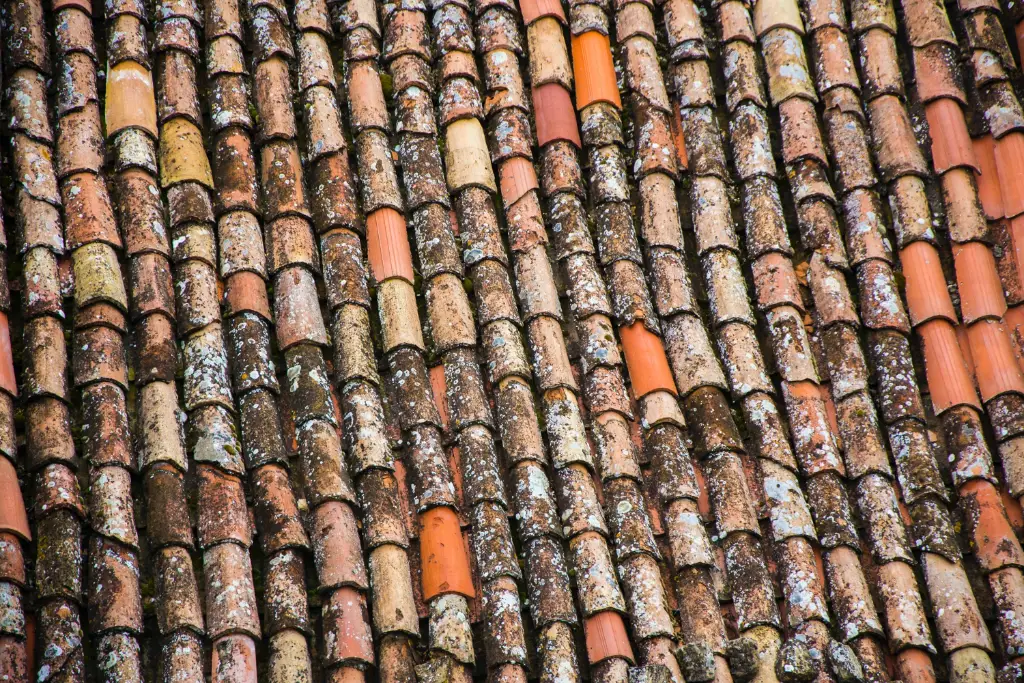How do you fix damp in an old house? The Damp & Moisture Dilemma
How do you fix damp in an old house? Unfortunately, despite all their beauty and elegance older houses are often terribly prone to dampness and moisture.
Old construction methods combined with 100 years of patches and fixes have often left period properties in a worse state of repair.
Damp in an old house can be a tremendously frustrating issue. It requires patience and determination to fix. However, fixing dampness yourself is very achievable even without consulting expensive damp-proofing companies.
The objective of this guide is to arm you with the knowledge and tools to fix dampness within your home.
Identifying the signs: how to spot damp in your home
Damp is a common problem in older homes, and it can cause serious damage if left untreated.

One of the most important things you can do to protect your home from damp is to learn how to spot the signs early on.
Some of the most common indicators of dampness include musty odours, peeling paint or wallpaper, and discolouration on walls or ceilings. If you notice any of these signs, it’s important to take action right away.
Other signs of damp may include mould or mildew growth, as well as condensation on windows or walls. Additionally, if you notice that your walls or floors feel cold to the touch, it could be a sign of damp or lead to further issues with condensation dampness.
Damp is typically a set of symptoms that occur in your home due to water permeation, which can be caused by both internal and external factors.

Where are old homes susceptible to damp?
In order to give you the tools to fix damp within your home, it’s important to understand why it occurs. There are a variety of reasons, but in the simplest of terms, it typically means that moisture is either getting into your home or condensing.
This then leads to a variety of symptoms which we have already mentioned. In order to get a better understanding, we’ve listed some common damp causes in old houses:
- Moisture transfer: Water vapour can move through building materials by diffusion. Older homes rely on the breathability of the materials to enable water vapour to move through without turning into water. If water vapour drops below the dew point it turns into a liquid, which can then inflict all sorts of damage on your property.
- Hygroscopic materials: Some building materials like wood, brick, and plaster are hygroscopic, which means they can absorb and release moisture depending on relative humidity. This can lead to increased moisture levels in the building, which can cause dampness.
- Lack of proper ventilation: Insufficient ventilation can lead to increased humidity levels and condensation, which can then lead to dampness.
- Poor drainage: Poor drainage around the building’s foundation can lead to water seepage and dampness in the basement or crawl space.
- Lack of insulation: Insulation helps to prevent heat loss and keep warm air inside the building. Old homes may not have been insulated properly or at all, which can lead to increased heat loss and condensation, causing dampness.
- Age of the building: As buildings age, the materials used to construct it may degrade, which can lead to increased moisture levels and dampness.
How to fix damp in old houses – don’t use a chemical injection DPCs
One stark warning when looking into how do you fix damp in an old house, is to stay well clear of a chemical injection damp-proof course. Unfortunately, this product has the capability of doing more harm than in an older home.
Companies often state that your old damp proof course has broken down over time, which is highly unlikely. A much better course of action and one that doesn’t cost you a huge sum of money is to find the source of the moisture in your home and treat it accordingly.
Even the former Chairman of the RICS construction arm Stephen Boniface was quoted saying that chemical injection damp proof courses are a “complete waste of money”.

Thankfully we will now provide simple steps to begin identifying areas of moisture within your home and how to fix them.
The Root of the Problem: Uncovering the Source of Moisture in Old Houses
The first part of solving your dampness and moisture problem in your old home is to find the source of the water or moisture. Now initially this may seem like an intimidating and large task, though in reality we can take a few simple steps to begin isolating the problem.
- Inspect the roof: first take a visual inspection of your roof if possible from the ground to identify any leaks, missing or damaged shingles, or other signs of damage. If you have the correct safety equipment you can also go onto the roof to inspect it in further detail.
- Check the gutters: ensure that they are clear of debris and properly directing water away from the house. This is a simple and often incredibly effective way of managing dampness in an old house.
- Examine the walls: look for signs of water damage, such as discolouration or peeling paint. If you have a rendered facade check for cracks and other damage. Often underneath damaged guttering, you will see visible watermarks where the water is incorrectly cascading down instead of travelling through the gutters.
- Check your brickwork: look for cracks or other signs of damage that could be allowing water to seep into the house. Vegetation and moss are clear signs that moisture is getting through your walls.
- Check your external ground levels: it’s important that older houses’ damp-proof courses have enough room between them and the ground. Furthermore, the DPC should be clear of obstructions and vegetation.
- Inspect the plumbing: check for leaks or other issues that could be causing water to enter your walls, flooring and ceilings.
- Check the windows: ensure that they are properly sealed and not allowing water to enter the house.
- Check the attic: look for signs of water damage or leaks. Ventilation is also important and will help avoid issues with excess moisture.
Tips for fixing damp in an old house
- Improve ventilation: controlling the level of moisture in the air with good ventilation is crucial to keeping dampness at bay. By opening windows and doors more often and using mechanical extractor fans in bathrooms and kitchens it can vastly reduce the moisture levels in your home.
- Warming your home: keeping the interior of a house warm ensures surfaces don’t get cold. A cold surface is a place for warm air to condense and cause excess moisture, a major cause of internal dampness. Your goal should be to keep the air inside of the house warm rather than spiking hot and cold throughout the day.
- Use dehumidifiers: when first tackling damp, a dehumidifier can help remove excess moisture from the air. It’s important to remember though that it won’t help treat the source of the moisture.
- Use breathable materials: there is a direct conflict between old homes and modern materials. Unfortunately, modern plasters and paint do not have the level of breathability required to ensure that water vapour can permeate through our walls in the manner that old houses were designed. Look for lime-based plasters and paints amongst other breathable materials.
How do you fix damp in an old house is an ongoing task. The long-term management of dampness requires consistent effort, but by taking the necessary steps, you can make your home a more comfortable and healthy place to live.
If you take two things away from this guide it should be to focus on good ventilation and keeping your home warm. These two things will help keep condensation at bay which is one of the most common problems you will find inside an old or period property. View our full guide on condensation dampness to learn more.


Leave a Reply